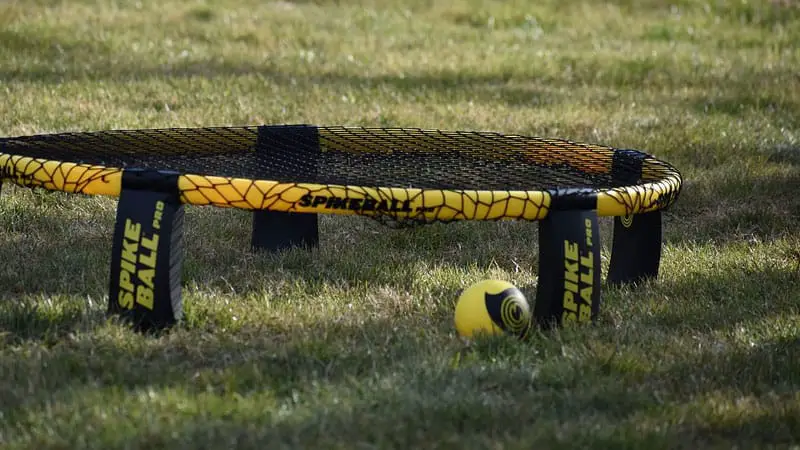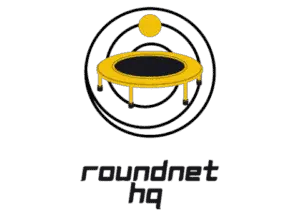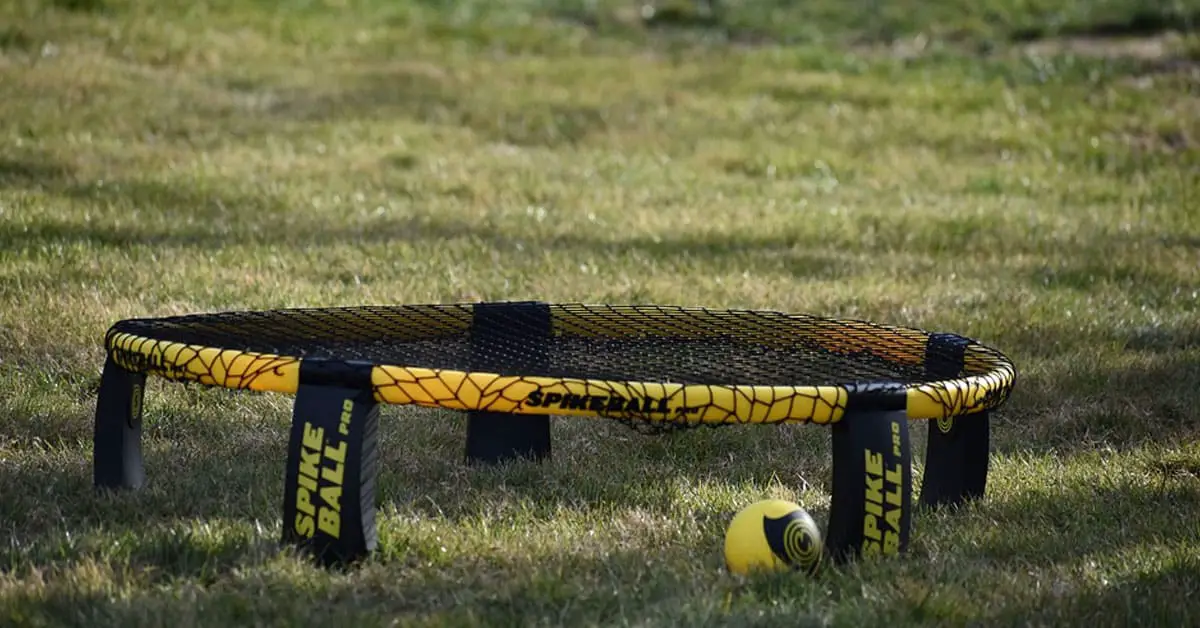Roundnet, commercially called Spikeball, is a physical sport that utilizes the concept of volleyball. When learning how to play the game of Roundnet, one of the terms you’ll hear a lot is “Pocket.” In case you don’t know, a pocket in Spikeball is simply the space between net and rim.
Furthermore, during a spikeball game, a pocket occurs when the ball goes in contact with the outer parts of the net, pretty close to the rim. When this happens, it causes the ball to change its trajectory. Although a pocket is playable during regular gameplay, it’ll only count as a fault during a point serve.
What exactly is a “pocket” in the game of Roundnet? Do pockets count in Spikeball? What will happen if the ball hits the pocket during a Spikeball game? Read on, to find out everything you need to know about the frequently asked questions above.
What is a pocket in Spikeball?
Roundnet, invented in 1989, has so far received a lot of favors from several people in the United States and several other countries in the world. Today, the game is played by over 4 million players across the globe. “Hinder,” “server,” “returner,” and “pocket,” are some of the many terminologies used in the game of Spikeball.
Earlier, in one of my posts, I talked about what the term “hinder” means in the game of Spikeball. In case you missed out on it, you can always check here to read the piece and get familiar with the word. A server is a player that hits the ball first during a point serve, while a returner is the opposing team’s player expected to defend the hit and keep the game going.
As for the term “pocket,” the way it’s used in Spikeball varies greatly, depending on where you’re playing the game. Fundamentally, a pocket, also called roll-up, is used to refer to the space that exists between the Spikeball net and rim.
Primarily, the Roundnet game is a sport that requires two teams with two players each. To begin the game, one player from the first team is expected to be the server while another one from the second team is the returner. The game starts when the server hits the ball against the net to the returner.
However, when the server serves the ball against the net and the ball then proceeds to hit the rim, it’s called Pocket. In this case, the ball will change its trajectory as soon as it rolls up into the rim.
Types of pockets in Spikeball
There are three different types of pockets in the game of Spikeball; side pocket, back pocket, and the front pocket.
According to the official Spikeball rules, a Side Pocket can occur during a point serve or gameplay. During a service, a “side pocket” occurs when the server strikes the ball against the net and it proceeds to hit a side section of the net. In this case, the ball’s horizontal trajectory changes towards the opposite direction.
A Back Pocket can also occur after the server has hit the ball or during gameplay. During a point service, a “back pocket” occurs when the server strikes the ball against the net and it proceeds to hit the back or side section of the net. When this happens, the ball’s vertical trajectory gets steeper, instead of moving in the opposite direction, as in the case of the side pocket.
A Front Pocket is also called “Near Net.” It can occur during a point serve and gameplay. A “front pocket” often occurs when a server serves the ball against the net and it hits the front section of the net. In this case, the ball’s vertical trajectory will get lower.
Do pockets count in Spikeball?

As earlier mentioned, “pocket” is one of the most complicated terms in Spikeball. Its usage varies depending on where you play. One of the frequently asked questions by Roundnet players regarding the term “pocket” is – does it count during the game?
Yes, a pocket might count during the game depending on the type encountered.
For instance, a “back pocket” is legal and since that’s the case, it counts in Spikeball. However, you need to keep in mind that there are some exceptions to this rule. According to the recently revised Back Pocket/Service Height Rule on the official SRA website, a “back pocket” is considered a fault when the ball fails to move forward.
As for “front pocket,” the rule of the game has always stated that, as long as the ball’s vertical trajectory doesn’t get lower, it’s legal and counts in Spikeball. Furthermore, a “side pocket” may also be considered legal if after the ball hits the side section of the net, it does not move in the opposite direction.
Bottom line: side pocket, front pocket, and back pocket are never a fault in Spikeball. Since that’s the case, it means the three pockets could count depending on the trajectory of the ball.
What happens if the ball hits the pocket?
So, what happens if the ball hits “the pocket” during a Spikeball game?
To answer this question, I’ll say that what will happen will depend on how the ball hits the pocket during a Spikeball game. If after spiking the ball against the round net, it proceeds to hit the pocket, which is the space between the net and the rim, the trajectory of the ball will change.
For instance, for a “front pocket” in Spikeball, the vertical trajectory of the ball will get lower. As for a “side pocket,” the horizontal trajectory of the ball will change towards the opposite direction. Lastly, for a “back pocket” in Spikeball, the vertical trajectory of the ball will get steeper.

